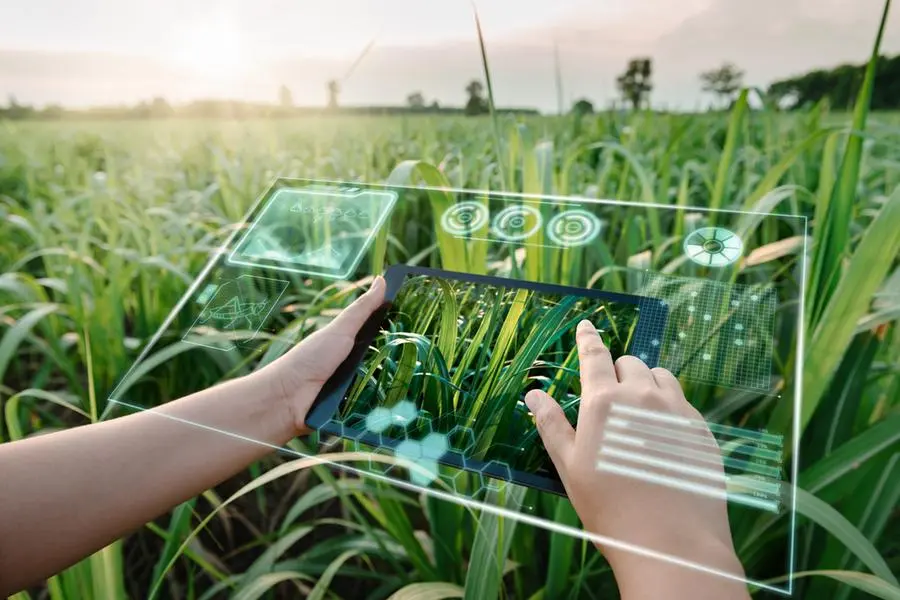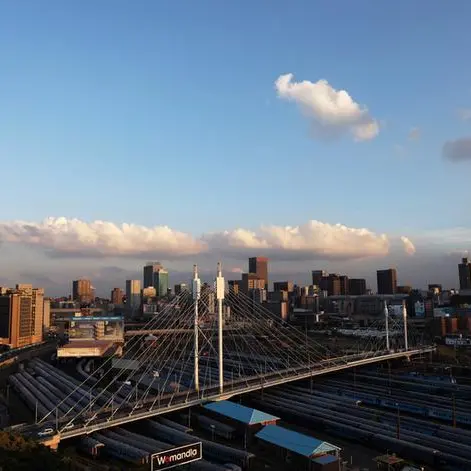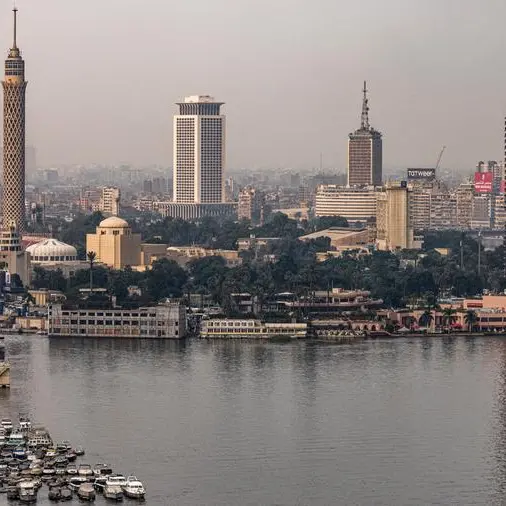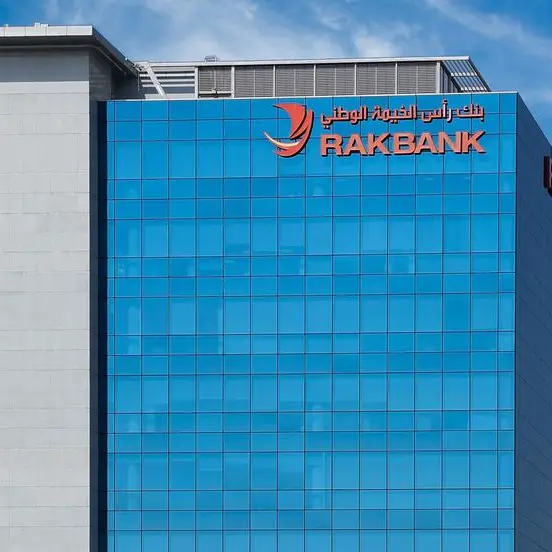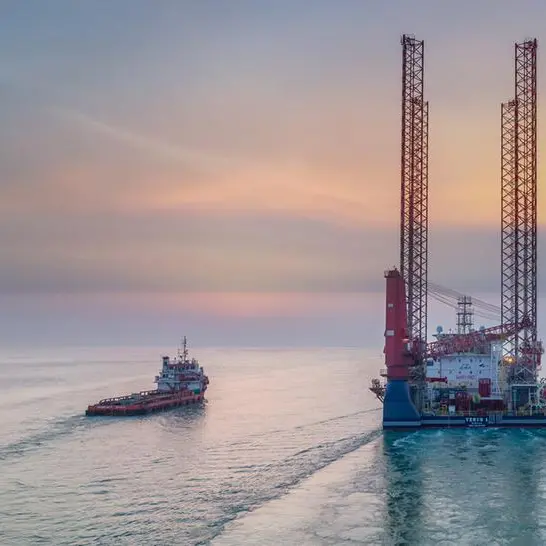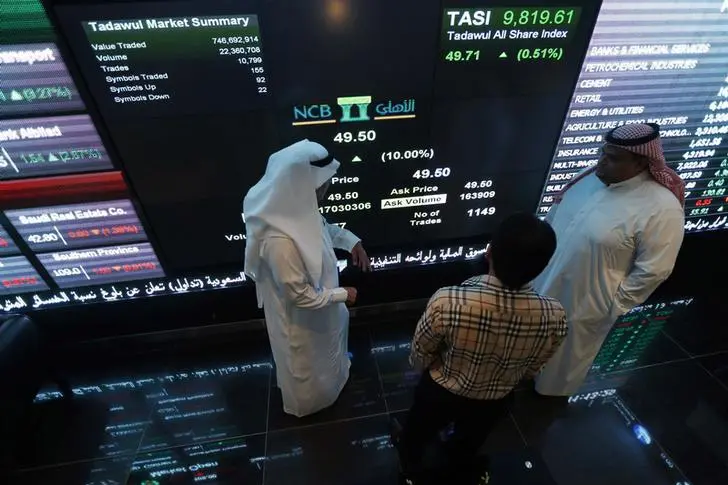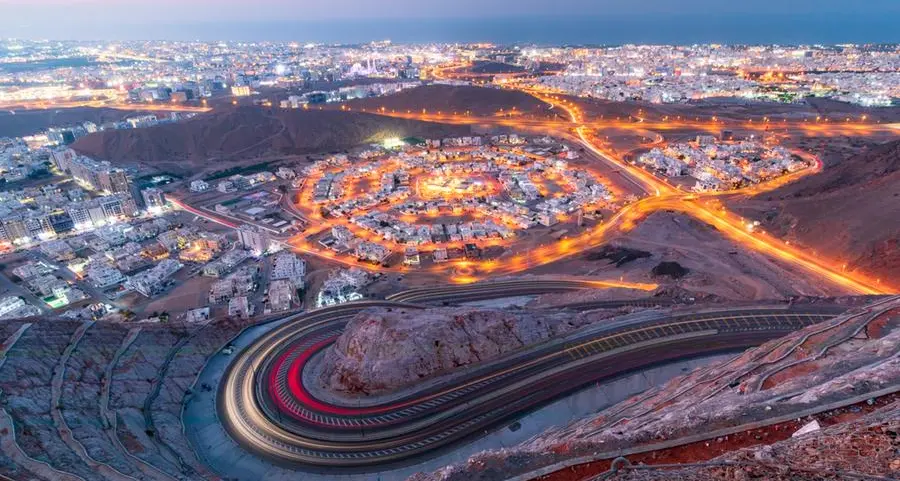PHOTO
13th Brics Ministers of Agriculture meeting is aimed at increasing cooperation among its member countries to promote sustainable and fair growth. Image Courtesy: Getty Images Image used for illustrative purpose. Getty Images
Smart city projects dominate the development vision of economies across the world. In the Middle East, such developments are gaining momentum by the day. Therefore, a future where the word "smart" prefixes every city in the developing world is not too far away. However, at this juncture, the question remains: What are smart cities beyond their obvious technological underpinnings?
By definition, smart cities are urban centres where infrastructure, such as power grids, water utilities, and traffic control, is connected via different information and communication technologies (ICT). In the Middle East, smart city developments must prioritise food and water networks due to long-standing scarcities. Due to systemic challenges, including but not limited to an arid climate, high soil salinity, unreliable rainfall, and desert conditions, the region has not made progress toward sustainable water and food security.
Systems thinking approach to food security
Food scarcity has many causal factors, as well as consequences. In the regional context, it has led to a trade deficit, with nearly 90 percent of food being imported. Such supply-chain dependencies are not sustainable in the long run. While the obvious solution is local food production through agriculture, it is anything but easy due to desert conditions, soil salinity, and water scarcity, among other detriments. This complex situation calls for a "systems thinking" approach.
Systems thinking posits a multidimensional assessment of a problem, as well as a strong focus on how various constituents interrelate. For example, due to soil salinity, local food production requires excessive irrigation, which further aggravates existing water scarcity. The adoption of smart agriculture technologies (AgriTech), such as irrigation sensors and precision farming, carries merit. However, their impact is limited to increased efficiency in irrigation and yield measurement; they cannot address systemic challenges such as soil salinity.
Water-retentive mediums such as ‘Breathable Sand’ make a compelling case here. Through its permeability, it ensures effective nutrient supply to the roots, leading to optimal yield with nearly 80 percent less water usage. Combined with smart AgriTech, such solutions can enhance food security without compromising water goals, characteristic of systems thinking. Concurrently, smart cities, through the effective use of sensors and networks, must make provision for a reduction in water usage, reuse, and recycling.
Sponginess adds to smartness in cities
As part of smart city projects, developers can implement Sponge City solutions like ‘IDer’ across public areas. In application, they absorb rainfall runoffs, keep surfaces free from waterlogging and skidding, and even filter and store the water in underground reservoirs. The harvested water can enhance the city's water security, as well as supercharge its agriculture-led food security efforts. Instead of traditional carbon-intensive techniques, such as the construction of canals and sewers, urban master planners can explore Sponge Cities to address flooding incidents associated with increasing rainfall.
Thanks to smart cities' ICT capabilities, stakeholders can effectively measure the positive outcomes. The "measurability" is paramount because, in the short term, it enables regional economies to show accountability and transparency in key conventions such as COP28 and, in the long term, helps stay on track to achieving ambitious goals like net-zero emissions.
The bottom line is that the standalone capabilities of ICT in smart cities need on-the-ground, practical solutions to contribute to sustainable development goals.
(Chandra Dake is the Executive Chairman and Group CEO of the Dake Group. ny opinions expressed in this article are the author’s own)
